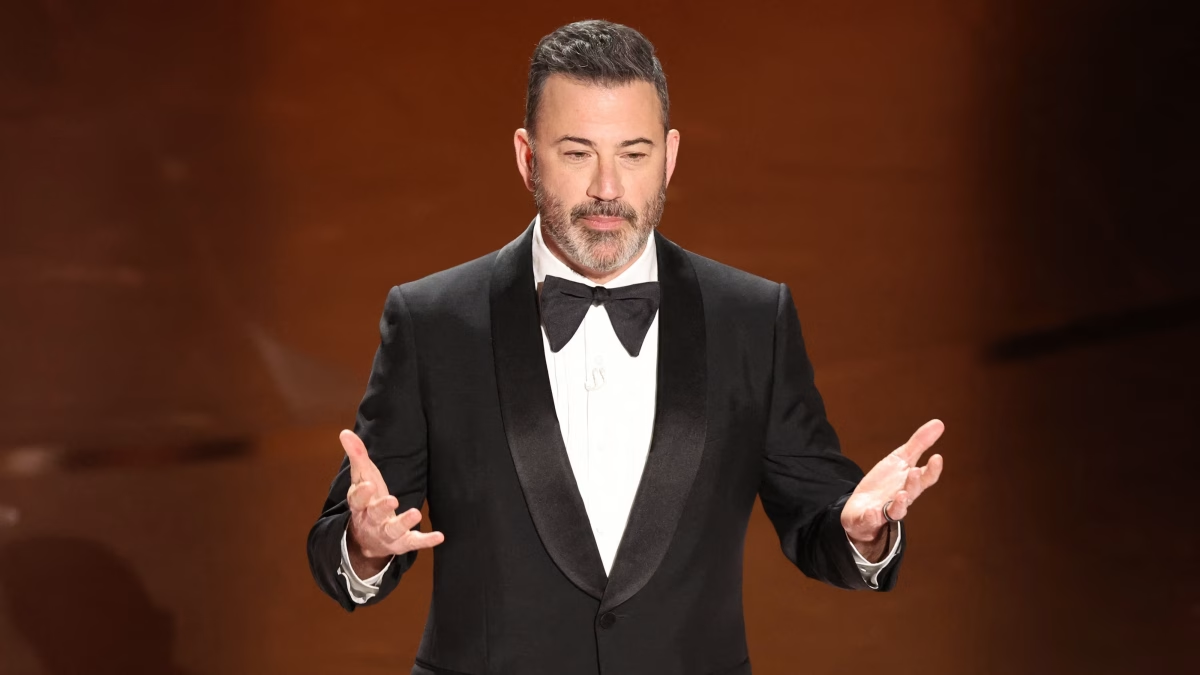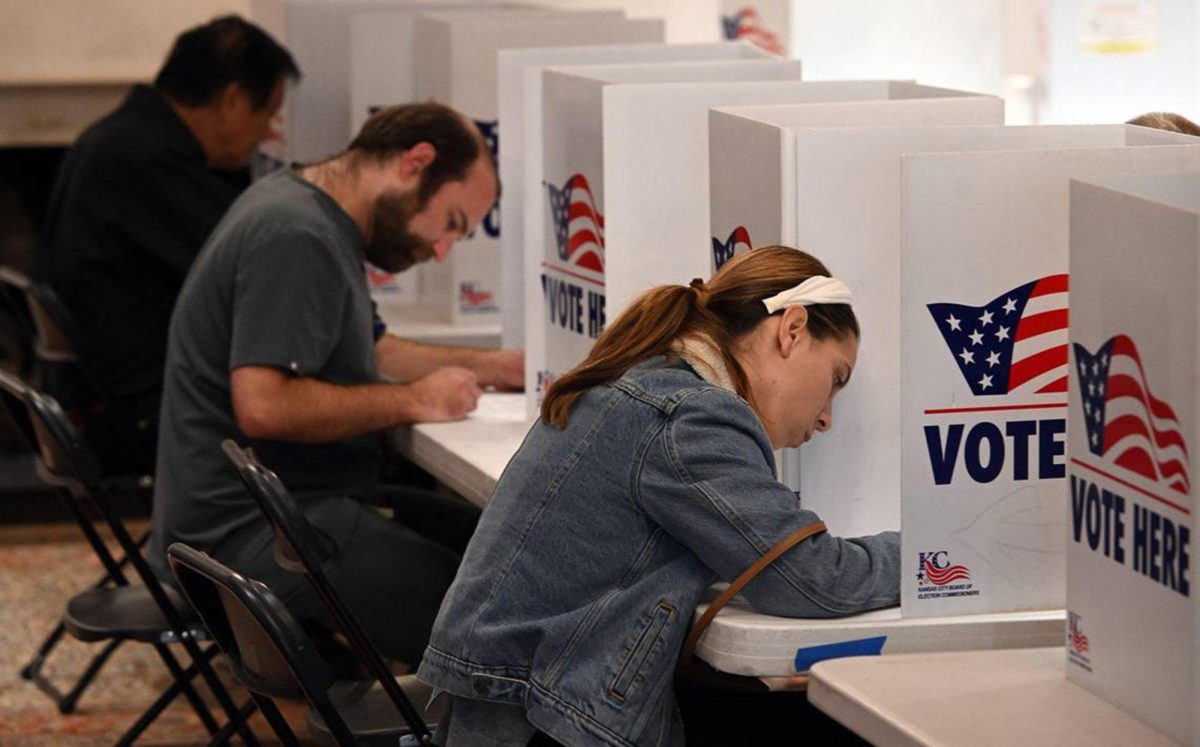
The American people elected Trump because of a widespread misunderstanding of how the economy and government functions. This gap in knowledge not only shapes American voting behavior, but also affects the public’s expectations of what any administration can realistically achieve. As a result, economic and political decisions are frequently evaluated through a lens of misinformation, which was exasperated by Trump’s campaign.
Many voters need more background knowledge to fully grasp concepts like the federal budget, monetary policy, and the checks and balances that shape government decision-making. For example, many people attribute economic performance solely to the president, overlooking the significant roles played by Congress, the Federal Reserve, and global economic forces.
“Many citizens blamed. Biden for the economic hardship they experienced in the past four years, ignoring the impact of COVID-19 and the lingering effects of Trump’s policies.”
Therefore, many citizens blamed Biden for the economic hardship they experienced in the past four years, ignoring the impact of COVID-19 and the lingering effects of Trump’s policies. For example, voters frequently associated high gas and grocery prices with Biden’s presidency despite the other contributing factors. In this election, Trump capitalized on voter misconceptions by using concise, dramatic talking points to convince lower and middle-class voters that he would change the economy for their benefit.
Additionally, Trump used excessive fear-mongering on issues such as immigration and transgender rights. The president-elect utilized digestible, extreme language to appeal to voters who may hold biases against certain groups. For example, in the debate, Trump claimed Haitians in Springfield, Ohio, were eating pets, saying, “In Springfield, they’re eating the dogs. The people that came in. They’re eating the cats. They’re eating–they’re eating the pets of the people that live there.” This kind of extreme rhetoric was incredibly effective in gaining votes. He also intensely fear-mongered about transgender issues, with one of his campaign videos saying, “Kamala is for the they/thems. I am for you,” and painting a picture of millions of transgender children when, in reality, the number of trans kids is minuscule.
















